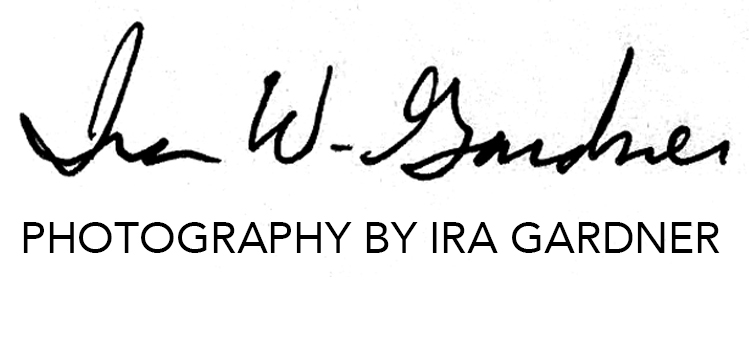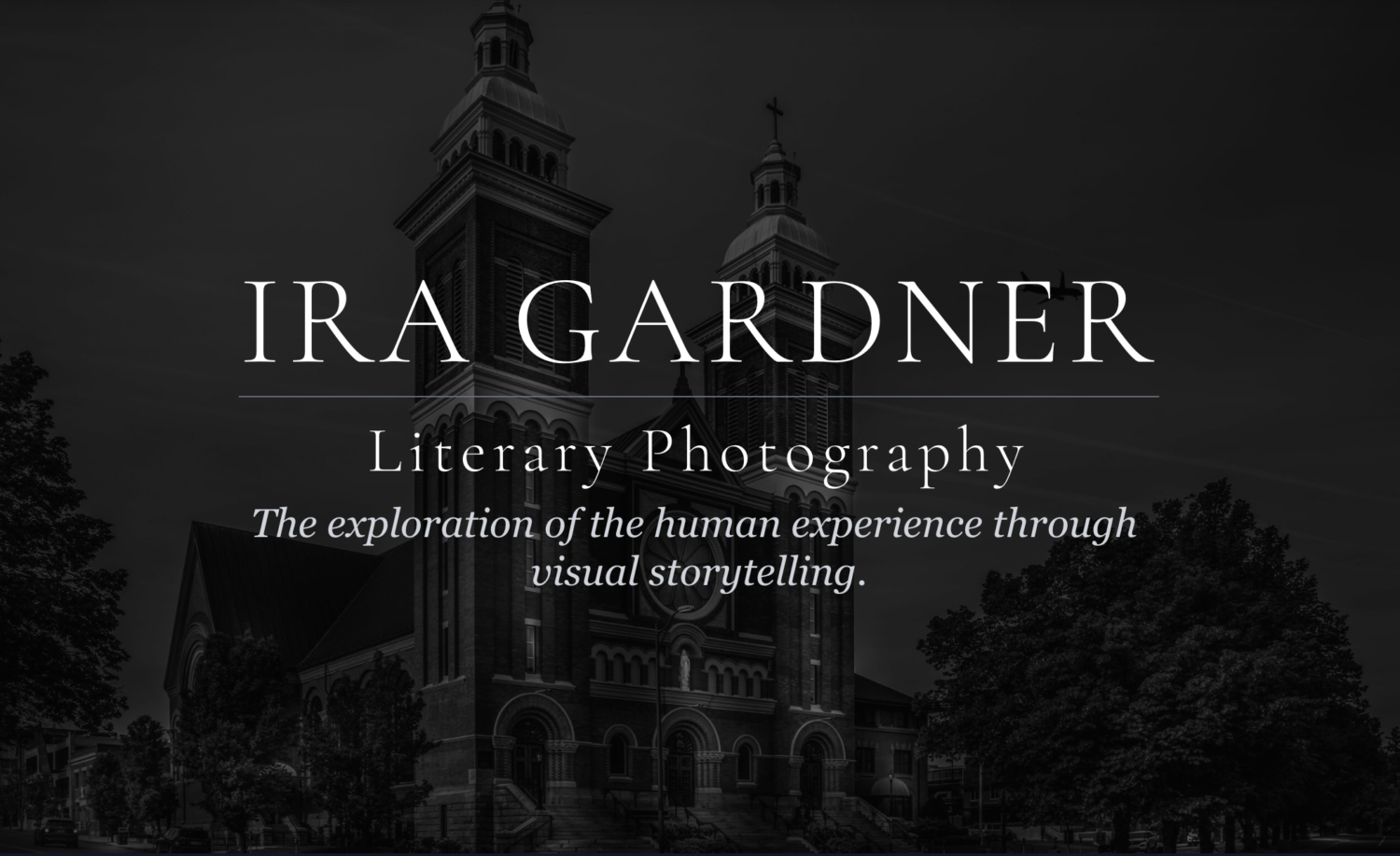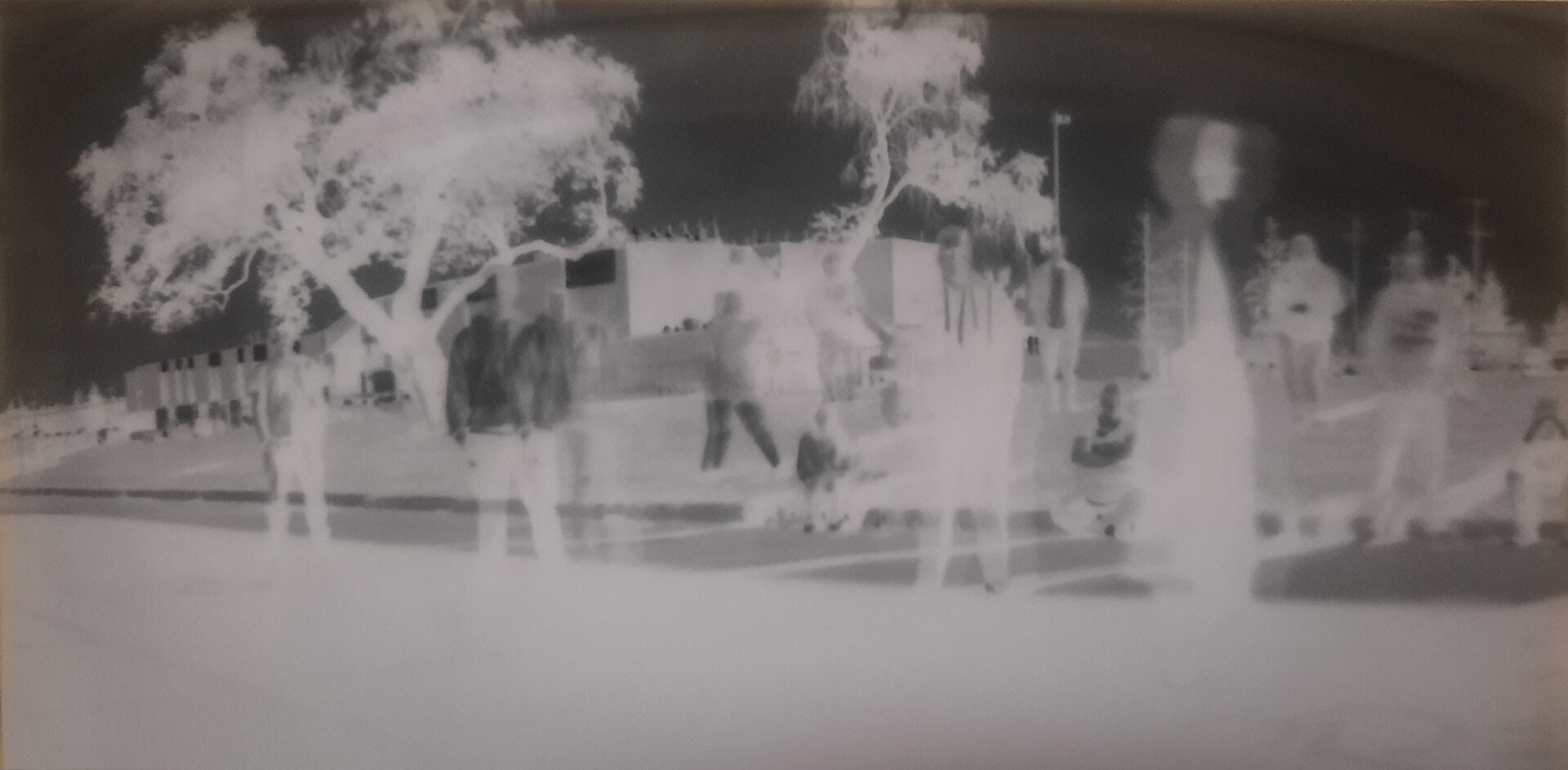
The earliest understanding of cameras comes from the camera obscura. According to the encyclopedia Brittanica a camera obscura is “ancestor of the photographic camera. The Latin name means “dark chamber,” and the earliest versions, dating to antiquity, consisted of small darkened rooms with light admitted through a single tiny hole.“
The result of light projecting through a tiny hole is that the outside world is projected on to a wall. The earliest use of camera obscura were for viewing solar eclipses without damaging the eyes by looking directly towards the sun.
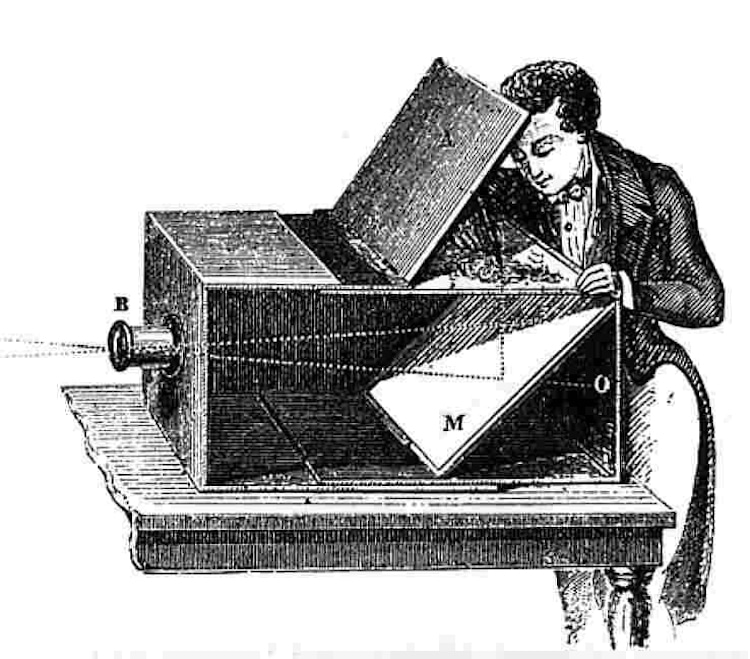
Eventually artist used the concept of the camera obscura to construct smaller tools equipped with a lens for tracing outlines of the scenes they were painting. The camera brought about the perfection of linear perspective in drawing and painting.
For today’s experiment I did not use a lens to explore the camera obscura. Instead I used a paint can with a pinhole opening and a sheet of silver gelatin photographic paper.
Using a pinhole camera starts the photographer thinking about what to point a camera at and it also highlights the role aperture size plays with creating depth of field. In this experiment I took my class outside and spread them out at a variety of distances from the camera. While none of the image is tack sharp, all of it is incredibly sharp overall! This is truly the beginning of photographic imagery where details emerge unique from hand drawing.
The initial image is an upside down negative that can then be contact printed into a positive. This methodology highlights the power of Fox Talbot’s calotype process which was the beginning of the multiple print process from a single negative that eventually supplanted the daguerreotype which was superior in quality but was a mono-print process.
I liked this experiment. It reminds me of an 80’s record cover. Because the pinhole is so small the exposure time was close to 6 minutes. If somebody moved a little they became ghosted and if they moved throughout the exposure they didn’t even register. I was actually in front of the camera during this exposure but you cannot see me.
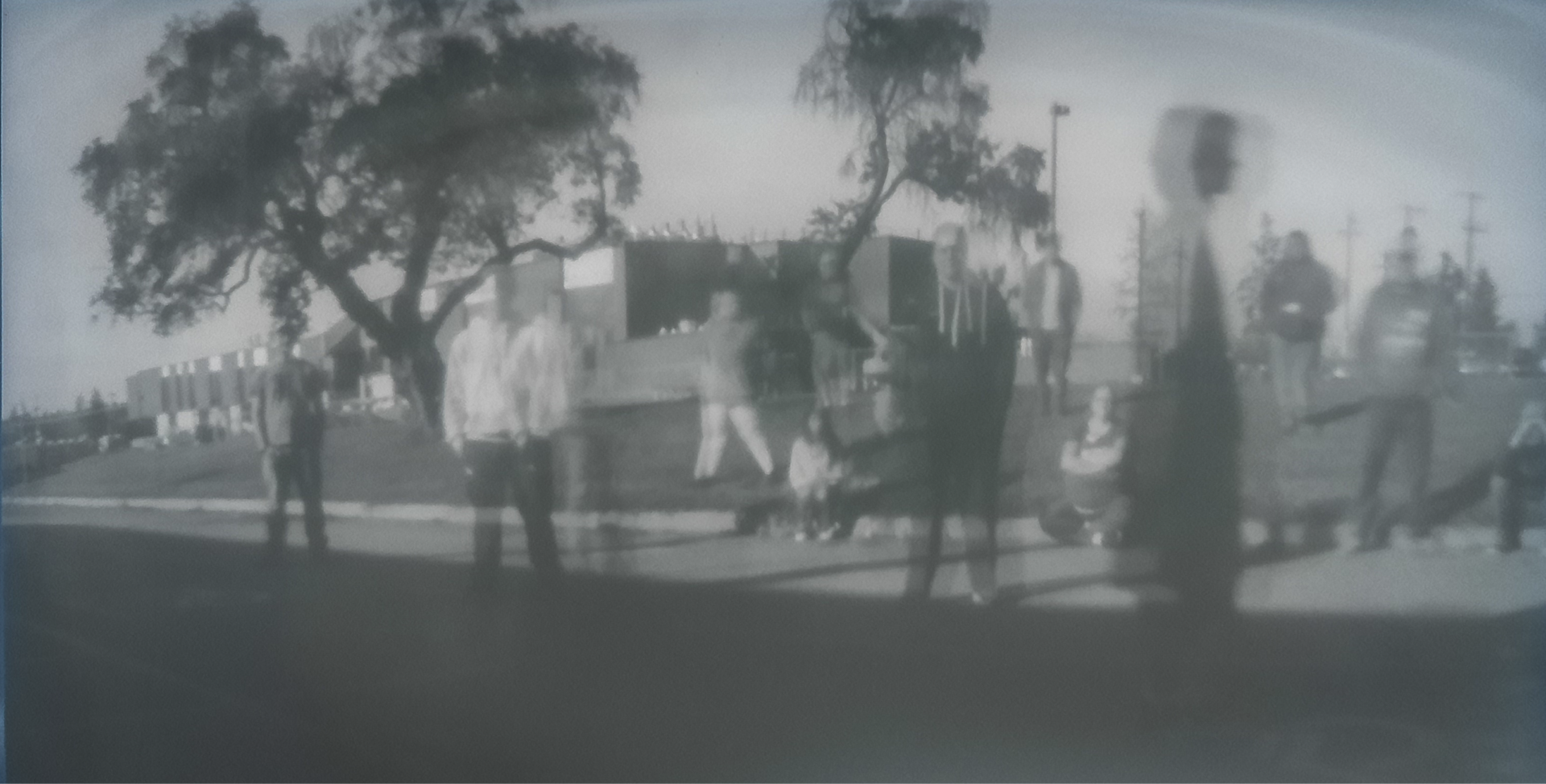
Another reason I like exploring pinhole photography is the way it allows you to recognize that photographs are graphic by nature which means that you really see the lines of the tree trunks and branches because they are almost solid black.
You pay attention to the simplified shapes and lines of the subject when you can’t see them in sharp detail. A friend of mine who does plein air painting always starts his composition by first blurring his eyes to see the simplified shapes and values. He makes these marks on the canvas first before worrying about filling in the details. I think pinhole photography offers interesting ways to explore some of the themes found in cubist art and is a great way to train the eye like a painter.
